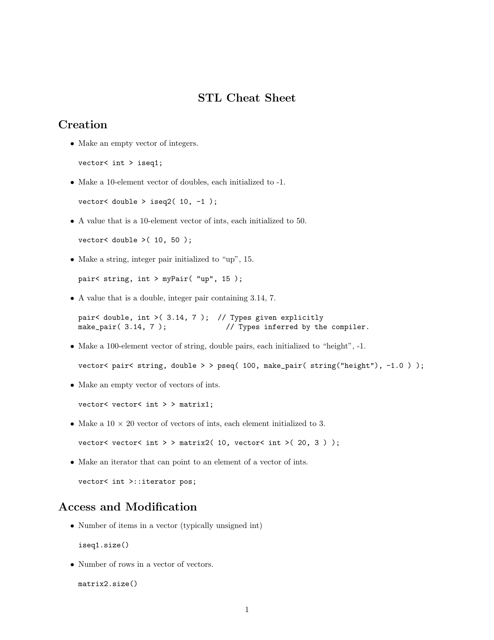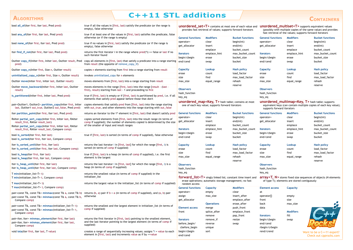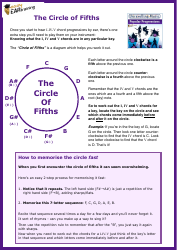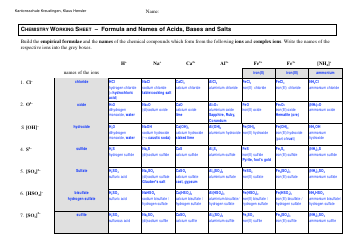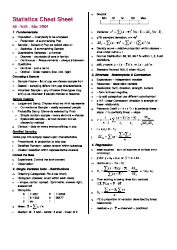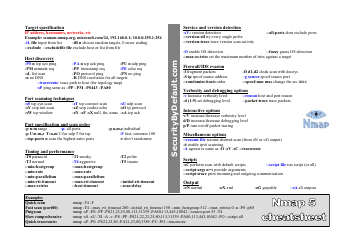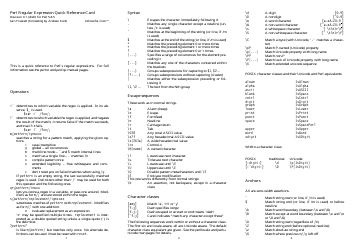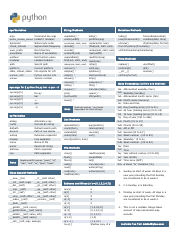Stl Cheat Sheet
An STL cheat sheet is a quick reference guide or summary that provides information and examples for using the STL (Standard Template Library) in programming languages such as C++ to work with data structures and algorithms. It helps developers understand and use the various functions, classes, and templates within the STL effectively.
FAQ
Q: What is STL?
A: STL stands for Standard Template Library.
Q: What is the purpose of STL?
A: The purpose of STL is to provide a set of reusable algorithms and data structures in C++.
Q: What are some commonly used containers in STL?
A: Some commonly used containers in STL are vectors, lists, queues, and maps.
Q: What are iterators in STL?
A: Iterators in STL are used to iterate over the elements of a container.
Q: What is an algorithm in STL?
A: In STL, algorithms are functions that operate on sequences of elements.
Q: What are some examples of algorithms in STL?
A: Some examples of algorithms in STL are sort, find, and transform.
Q: What is the difference between vector and list in STL?
A: Vectors provide fast random access while lists provide efficient insertion and deletion at any position.
Q: What is the difference between stack and queue in STL?
A: Stack is a last-in, first-out (LIFO) data structure while queue is a first-in, first-out (FIFO) data structure.
Q: What is the difference between map and unordered_map in STL?
A: Map is an ordered key-value container while unordered_map is a hash-based key-value container.
Q: What is the header file for STL in C++?
A: The header file for STL in C++ is
